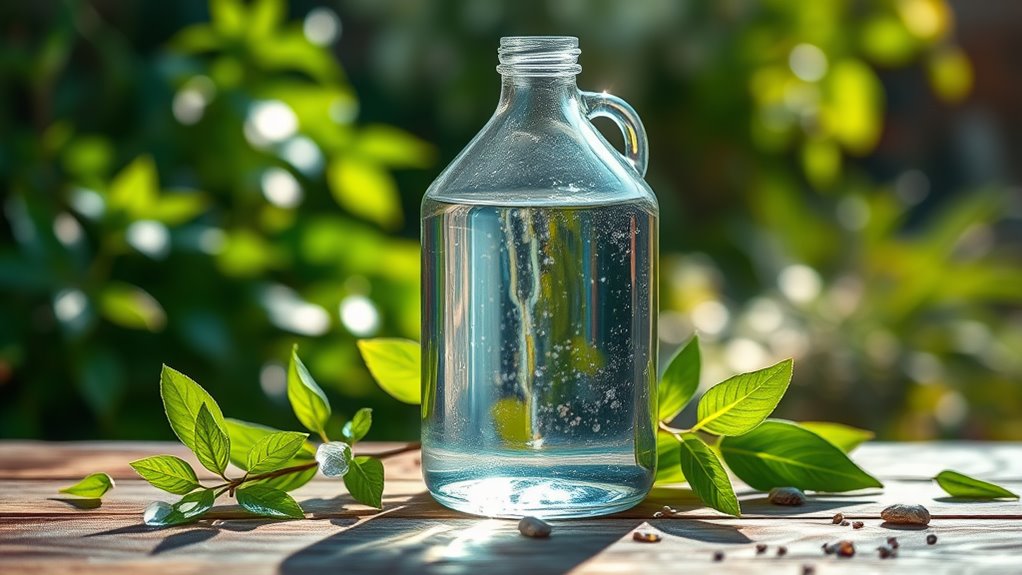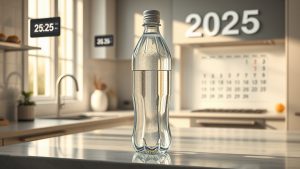
In 2023, a gallon of non-sparkling bottled water averages around $1.44 at wholesale prices. However, prices can vary considerably based on brand, purification methods, and water sources. For instance, you can find purified water as low as $0.99 per gallon, while specialty waters may cost up to $4.99. If you're keen to find the best options and understand pricing factors further, you might want to explore more details on this subject.
How much should you expect to pay for a gallon of water? The answer varies greatly based on several factors, including the type of water you choose, where you buy it, and even regional price differences. In 2023, the average wholesale price for a gallon of non-sparkling domestic bottled water was $1.44. This figure provides a solid baseline, but retail prices show a broader range.
For instance, you can find purified water at prices as low as $0.99 for brands like First Street Drinking Water or $1.19 for Target's Good & Gather. Conversely, specialty waters like Perfect Hydration can reach up to $4.99 per gallon. These variations can be attributed to brand positioning, purification processes, and the origins of the water.
When you consider where to purchase bottled water, mass merchandisers and grocery stores usually offer the best deals. Consumers prefer buying bottled water in bulk is a trending strategy that many consumers adopt to save money, often leading to lower prices per gallon. Promotions and discounts at retailers can further enhance savings, making it an attractive option for budget-conscious shoppers.
If you're looking to save even more, you might explore dollar stores or online retailers, which can provide competitive pricing.
Consumer preferences play a considerable role in shaping the market for bottled water. As a buyer, your choices often hinge on a balance between price and quality. While high-quality brands like Crystal Geyser Alpine Spring Water might be priced around $1.39 per gallon, your loyalty is likely influenced by consistent quality and affordability.
Online forums and social media amplify this effect, as reviews and recommendations guide purchasing decisions. This shift in consumer behavior underscores the importance of pricing strategies for brands seeking to maintain market share.
Production costs also factor into how much you'll pay. Expenses related to bottling, packaging, and distribution must be considered. Different purification methods, such as reverse osmosis, can influence production costs greatly.
Additionally, the location of water sources can raise the price of spring water compared to more straightforward purification methods. Companies like Niagara Bottling invest in advanced filtration technologies, which can also affect pricing.
Regional variations come into play as well, with prices fluctuating due to local taxes, distribution costs, and regulations. Urban areas may experience higher prices due to logistical challenges, while rural regions might benefit from lower costs.
Climate conditions can further complicate the bottling and distribution process, impacting overall pricing strategies.
Conclusion
To summarize, knowing how much a gallon of water costs can help you budget for your hydration needs, plan your activities, and make informed decisions about sustainability. Whether you're purchasing bottled water, filling up at home, or considering larger containers, understanding the price per gallon empowers you. By being aware of these costs, you're not just quenching your thirst; you're also taking control of your resources, your health, and your environmental impact.



